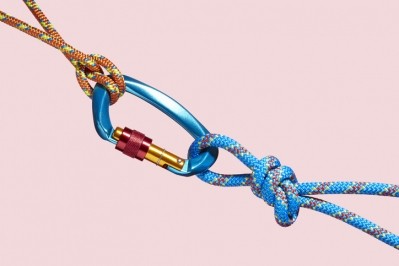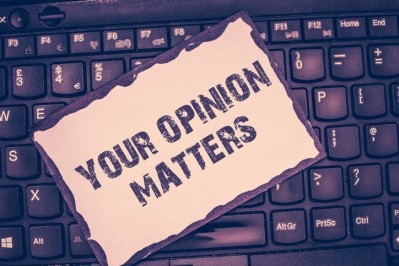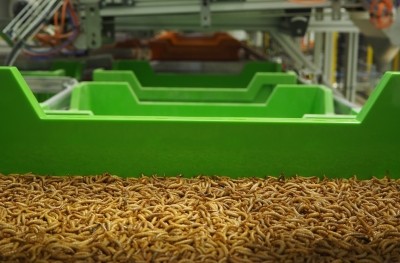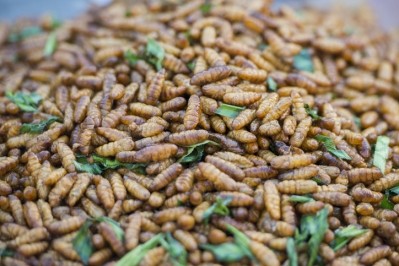Guidance for EU insect food and feed sector in how to implement best hygiene practices
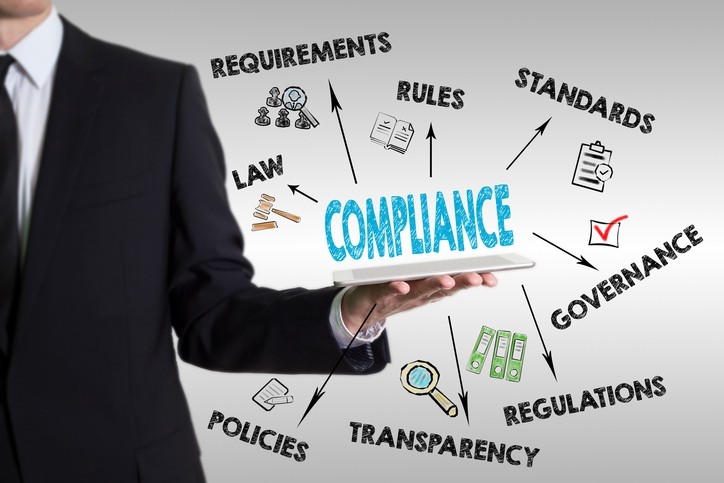
The paper, Draft European Union (EU) Guide on Good Hygiene Practices, was officially adopted by the IPIFF General Assembly last Thursday [February 21 2019]; it was produced by an internal IPIFF working group of experts. It has not yet been officially recognized by the EU institutions.
“Pending discussion and endorsement by the EU Commission and national authorities, the document may constitute a useful tool for all insect producing companies or those who intend to engage in insect production to implement EU food and feed regulations,” said Antoine Hubert, IPIFF President.
The document could serve as valuable source of information to EU and national public authorities, particularly at a time when EU policy makers are reflecting on the possible authorization of insect proteins in poultry feed and several novel food applications covering insects as food are in the pipeline, he added.
Consumer protection and animal health
In a Q&A debrief, the organization outlined how it developed the guide to support the effective implementation of EU food and feed safety legislation by producers active in the production of insects for food and/or feed for pig and poultry production, along with aquaculture and pet food production in the EU.
“This will also help the insect producers to achieve a high level of consumer protection and animal health. The guide is developed in accordance with objectives of the EU hygiene regulatory framework. The Guide does not aim to substitute nor replace these,” said IPIFF.
IPIFF said the guide contains general recommendations for operators to implement good practices in the area of food and feed safety, in accordance with applicable EU regulatory standards. “To this end, it also comprises extensive references to the respective EU pieces of legislation.”
While mainly intended for insect producers located in the EU, IPIFF said it may also serve as a reference for production activities taking place outside the EU.
Processing steps
The guide, it said, covers all production steps, from the feeding of the insects, their breeding, the killing and processing steps, storage or transport activities, up to the final delivery of the product to consumers or feed manufacturers. Its use is voluntary, based on full-self responsibility of the insect producer.
However, it stressed that the document is not a manual of production for insect production: “The document is not intended to describe all possible techniques or methods for producing insects, nor [does] it present production building structures or [the] equipment to be used in the framework of insect producing activities.”
IPIFF noted that similar initiatives have emerged in countries outside of the EU such as the paper, Good Agricultural Practices standard for Cricket production, developed by the Thai Agricultural Commodity. There are projects currently under development and finalized guides at an EU national level, it added.
Besides food and feed safety hygiene guidance, the organization has also just published general recommendations for ensuring high standards of animal welfare in insect production.
